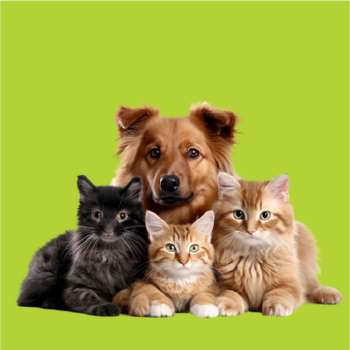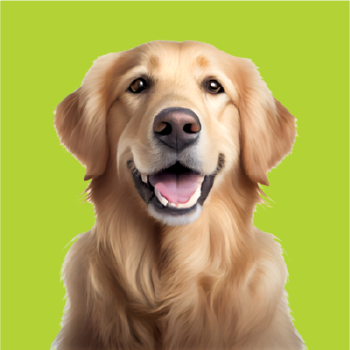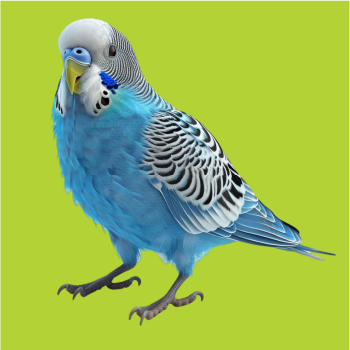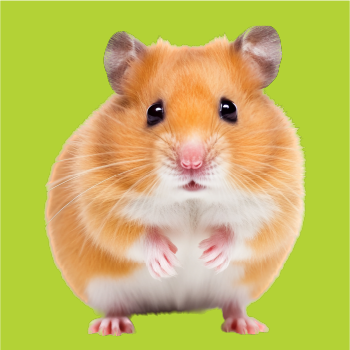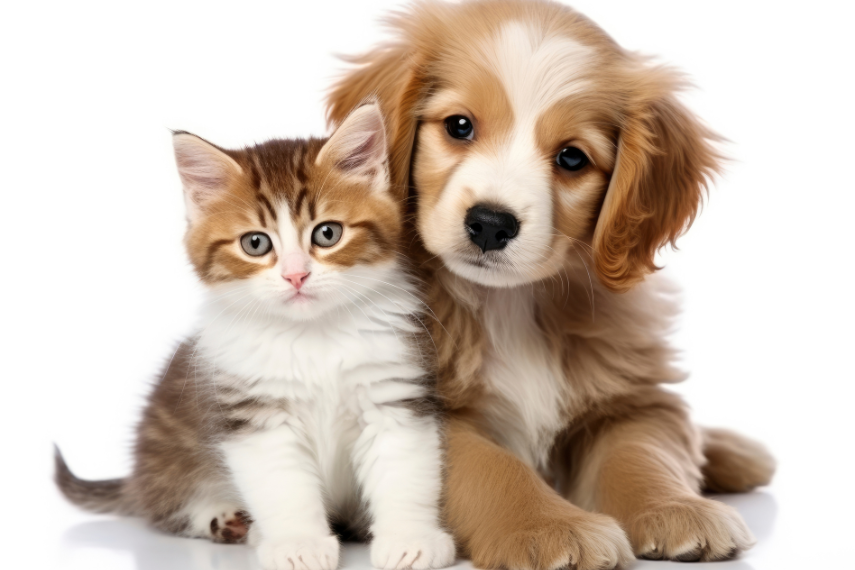
The Great Debate: Dry vs. Wet Food – Which is Best for Your Furry Friend?
Choosing the right food for your pet is a significant decision that impacts their health, happiness, and longevity.
Pet owners often find themselves torn between dry and wet pet food options. Each type of food has its unique benefits and drawbacks. Understanding these can help you make an informed decision that best suits your pet's needs.
Benefits of Dry Pet Food
Convenience and Cost-Effectiveness: Dry pet food, commonly known as kibble, is convenient to store and serve. It often has a longer shelf life compared to wet food, making it a cost-effective option for pet owners. You can buy it in bulk and leave it out for your pet without worrying about spoilage.
Dental Health: The crunchy texture of dry food can help clean your pet's teeth as they chew. This mechanical action can reduce tartar buildup and promote better oral health. However, it shouldn't replace regular dental check-ups and brushing.
Nutritional Balance: Many high-quality dry foods are formulated to provide a balanced diet, containing essential nutrients, vitamins, and minerals. They can be tailored to your pet's specific life stage, breed, or health condition, ensuring they get the necessary nutrition.
Drawbacks of Dry Pet Food
Hydration Concerns: Dry food contains significantly less moisture compared to wet food. Pets that don't drink enough water can be at risk of dehydration or urinary tract issues. Ensuring your pet has access to fresh water at all times is crucial.
Palatability: Some pets might find dry food less appealing than wet food. Picky eaters or pets with dental issues might struggle with the harder texture.
Benefits of Wet Pet Food
Hydration: Wet pet food has a high moisture content, which can help keep your pet hydrated. This is especially beneficial for pets with urinary tract issues or those who don't drink enough water.
Palatability: The rich aroma and texture of wet food often make it more appealing to pets. This can be particularly advantageous for pets with reduced appetites or specific dietary needs.
Easier to Chew: Wet food is softer and easier to chew, making it a suitable option for older pets or those with dental problems.
Drawbacks of Wet Pet Food
Cost and Storage: Wet food is typically more expensive than dry food. It also requires proper storage to prevent spoilage once opened. Single-serving cans or pouches can be more convenient but often come at a higher cost.
Dental Health: Wet food does not provide the same dental benefits as dry food. Pets that exclusively eat wet food may require more diligent dental care from their owners.
Portion Control: Wet food can be more challenging to portion correctly, which might lead to overfeeding or underfeeding. Measuring out the appropriate amount of food for each meal is essential.
Combining Dry and Wet Food
Many pet owners find that combining dry and wet food offers the best of both worlds. This approach can provide the hydration benefits and palatability of wet food, along with the dental and cost benefits of dry food. If you choose to mix the two, consult your veterinarian to ensure a balanced diet and appropriate portion sizes.
The choice between dry and wet pet food ultimately depends on your pet's specific needs, preferences, and lifestyle. Both types of food have their own advantages and disadvantages. Observing your pet's reaction to different foods and consulting with your veterinarian can help you make the best decision for their health and happiness. Whether you opt for dry, wet, or a combination of both, the most important thing is to ensure your pet receives a nutritious and balanced diet.
